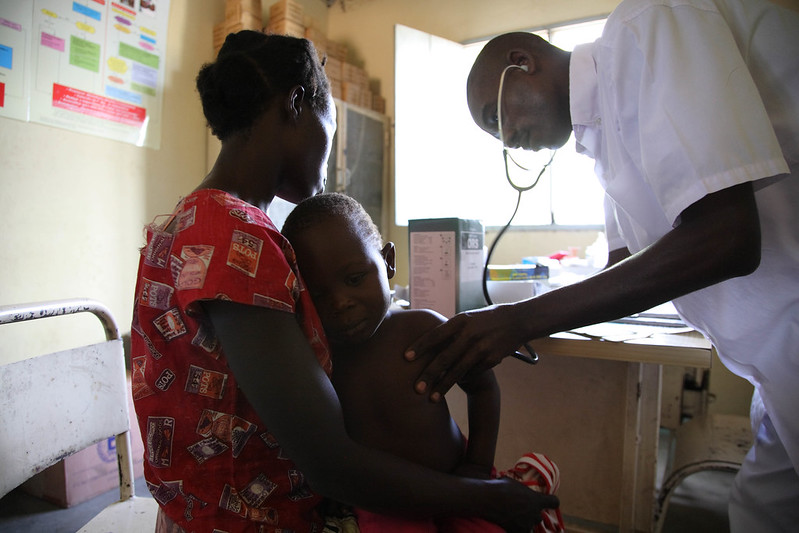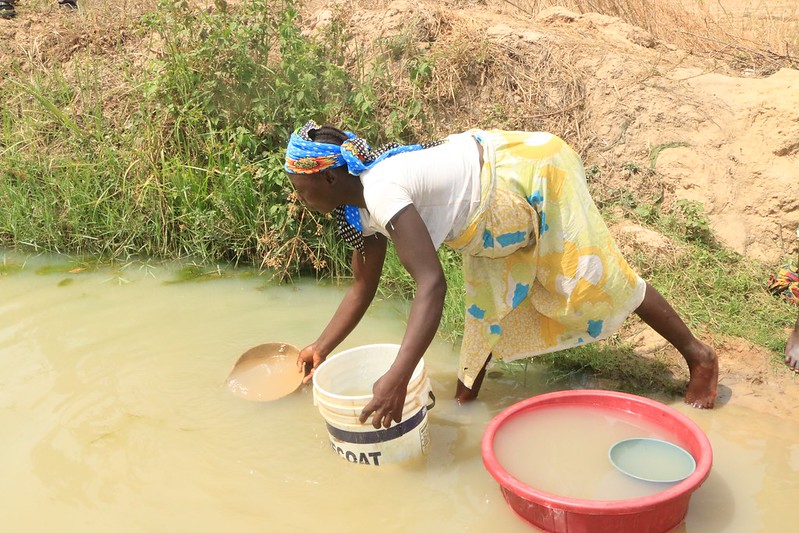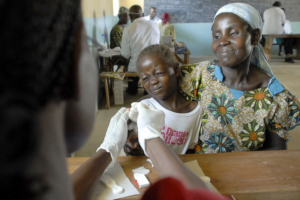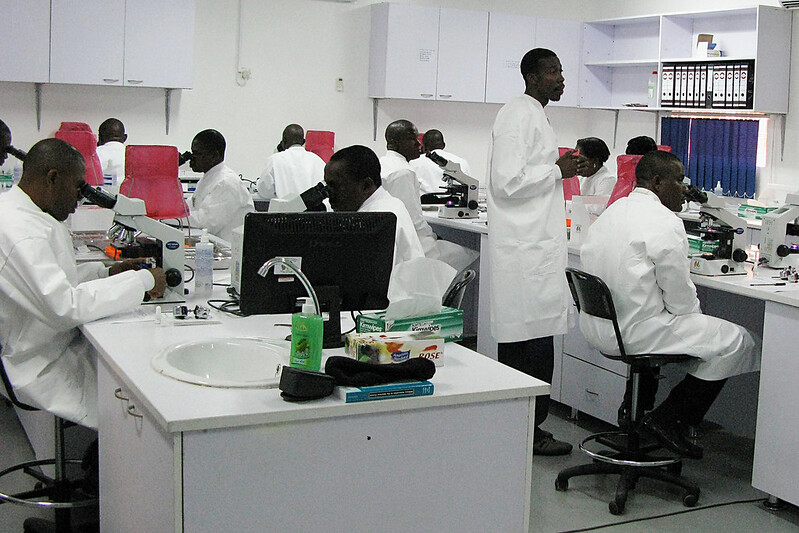
As the summer draws to a close, so does the peak season for malaria infections in the West African nation of Burkina Faso. The Malaria Consortium estimates that up to 60% of malaria cases in the country occur during the period between July and November. The World Health Organization (WHO) 2021 malaria report notes that around 3% of global malaria deaths in 2020 took place in Burkina Faso alone. A new malaria vaccine could be the first step in tackling a disease that has plagued the African continent for decades.
The burden of malaria weighs heavily on the country’s population, especially in the Nanoro area, where researchers chose to trial a new vaccine in 2020. The results proved promising, and now, two years on, outcomes are still promising. A 2022 Lancet Infectious Diseases article suggests that, in combination with a booster dose administered one year after the original three doses, the vaccine remained highly effective in fighting malaria in children.
Malaria in Africa
Burkina Faso is not the only African nation tormented by this disease. In fact, the WHO’s 2021 malaria report stated that 95% of malaria cases in 2020 occurred in Africa, with Nigeria, the Democratic Republic of Congo (DRC) and Uganda facing the worst impacts. This is primarily because the parasite that causes the most life-threatening form of malaria, plasmodium falciparum, is native to many African countries.
The effects of endemic malaria on a country can be both far-reaching and devastating. An Against Malaria Foundation report states that not only is malaria one of the leading causes of death among children due to their fragile immune systems but it also causes long-term health issues because the severity of the illness prevents children from participating in social and educational activities that promote healthy development. The report also highlights the strain placed on African health care infrastructure while trying to treat malaria, which accounts for between 20% and 50% of hospital admissions on the continent.
Health-related issues aside, the malaria crisis has contributed significantly to stagnating and even setting back economic development in Africa for years. The WHO estimates that the growth in GDP per year of countries with high numbers of malaria cases stood at only around 0.4% over the period between 1965 and 1990 — 1.9% lower than other countries where malaria is not such a concern.
The New Vaccine
Scientists have been working on a vaccine to combat malaria for years, but to say this endeavor is an uphill battle is an understatement. The parasite exists in three stages once it is inside the human body, making it difficult to target; a vaccine may work against the parasite at one stage but not the next. The best candidate up until recently was RTS,S, but the efficacy of this vaccine wanes significantly after the first year.
While it is an acceptable candidate, for now, research into other options is necessary and ongoing. The R21 vaccine produced by the University of Oxford is the most promising yet. The WHO has set a target of 75% efficacy for a prospective malaria vaccine — initial results, published in the Lancet in 2021, found that the R21 vaccine’s efficacy was between 74% and 77% after six months, meeting the WHO goal.
Coupled with the three initial doses, a booster after one year proved to restore the efficacy of the vaccine to its original levels. On September 7, 2022, a follow-up article revealed that the R21 vaccine remained safe and effective one year after the booster dose, making this the most effective malaria vaccine yet.
Not only is R21 highly effective but it also appears to cause no side effects more serious than a fever. It is also set to be cheaper than its predecessor, RTS,S — Oxford vaccine expert Adrian Hill, speaking to Chemical Engineering News, suggested that R21 may be sold for less than $5 per dose.
Looking Ahead
The R21 vaccine could have a bright future, but it requires further testing, and that can only happen with funding. The WHO has not yet approved it for wider use, but researchers are hopeful that with further larger-scale trials, the vaccine could receive approval as early as next year.
Malaria drains government resources, strains health care infrastructure and lowers labor productivity, according to the Giving What We Can Project. It also kills hundreds of thousands of people every year. Investing in solutions, especially in terms of research into potential vaccines, could be the remedy to the ongoing malaria crisis that has plagued Africa for decades.
– Abbi Powell
Photo: Flickr
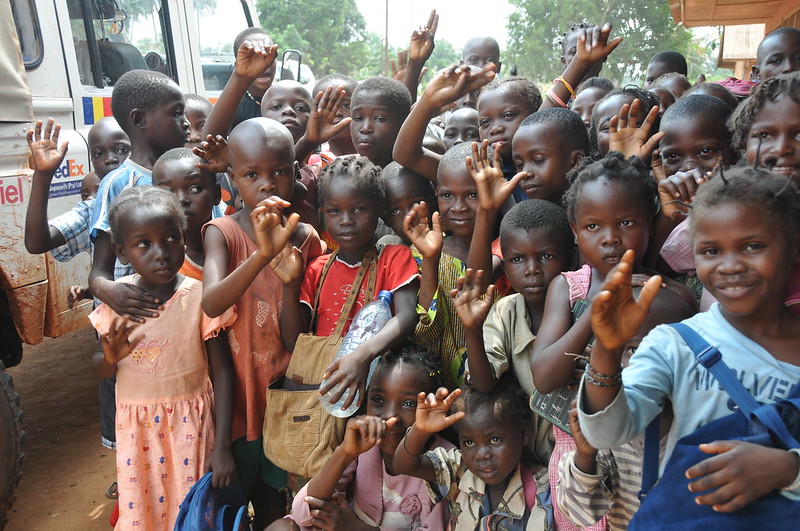
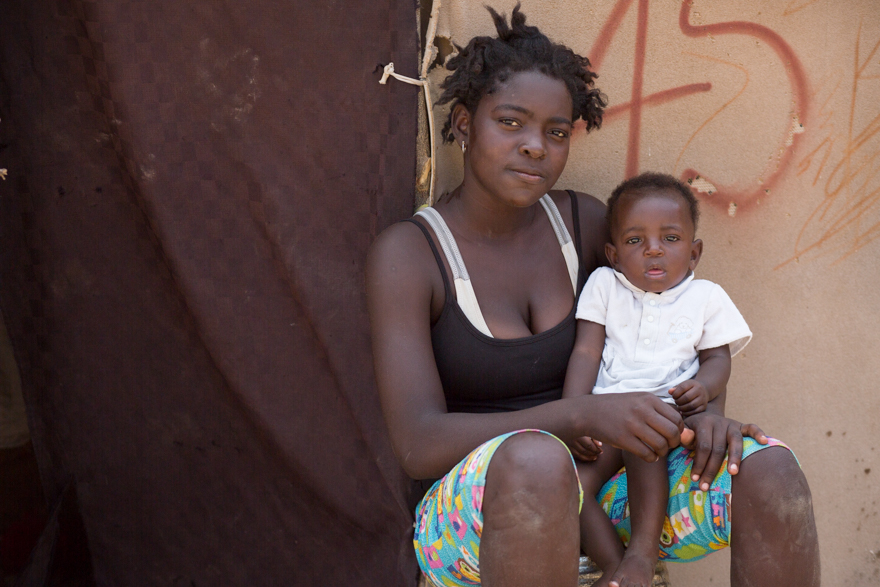



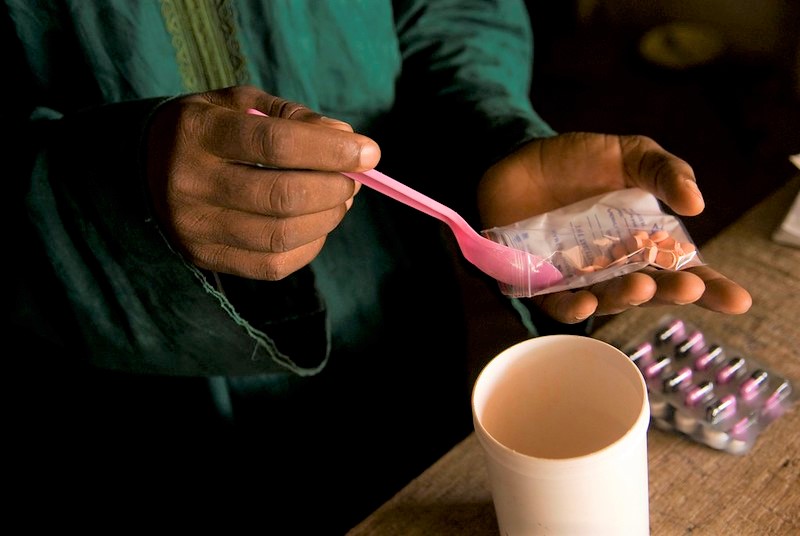 Nigeria has the largest population in Africa with
Nigeria has the largest population in Africa with 